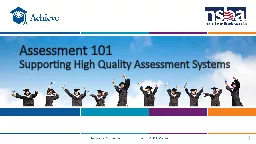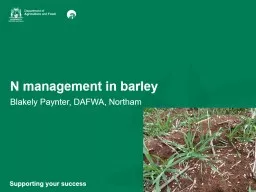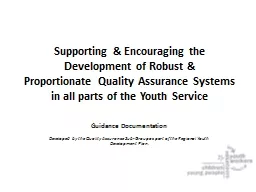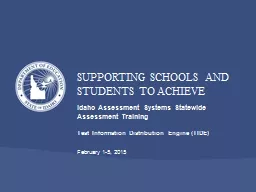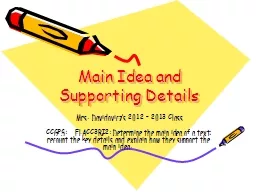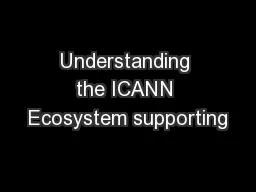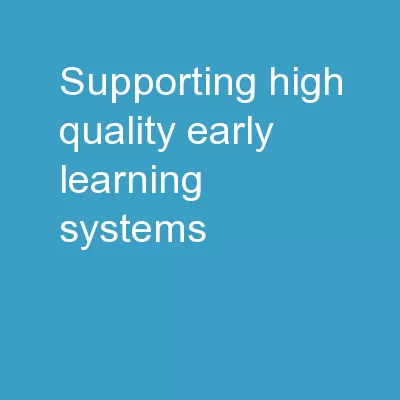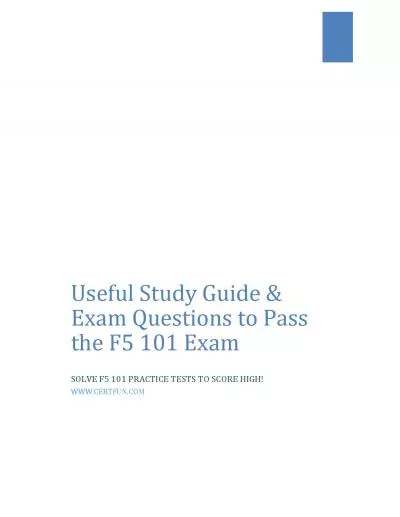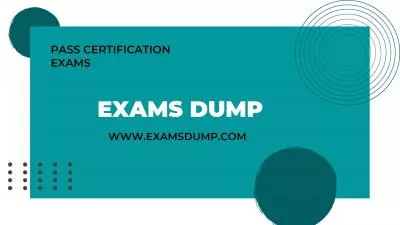PPT-Assessment 101 Supporting High Quality Assessment Systems
Author : tawny-fly | Published Date : 2018-10-29
Training Goals Upon completion of this training school board members will learn the role of school boards in supporting a system of highquality aligned and streamlined
Presentation Embed Code
Download Presentation
Download Presentation The PPT/PDF document "Assessment 101 Supporting High Quality ..." is the property of its rightful owner. Permission is granted to download and print the materials on this website for personal, non-commercial use only, and to display it on your personal computer provided you do not modify the materials and that you retain all copyright notices contained in the materials. By downloading content from our website, you accept the terms of this agreement.
Assessment 101 Supporting High Quality Assessment Systems: Transcript
Download Rules Of Document
"Assessment 101 Supporting High Quality Assessment Systems"The content belongs to its owner. You may download and print it for personal use, without modification, and keep all copyright notices. By downloading, you agree to these terms.
Related Documents

